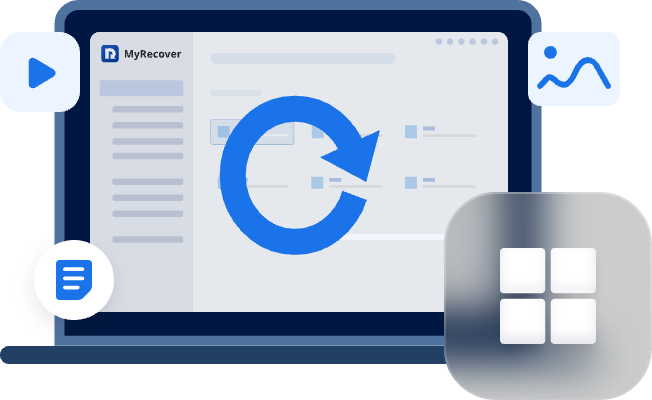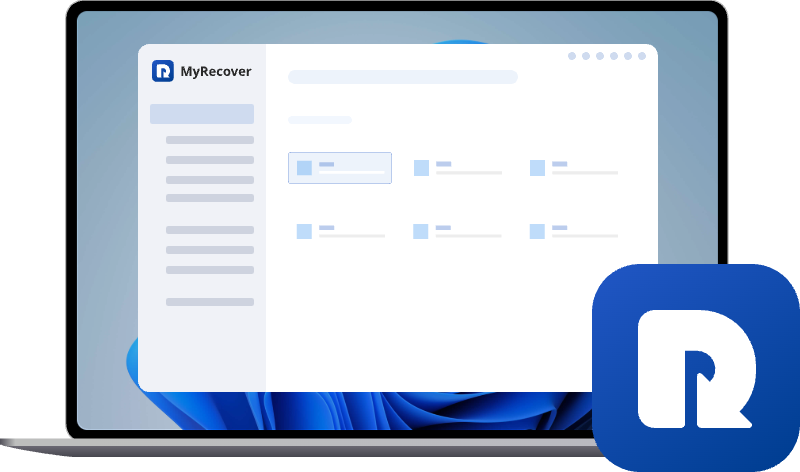How to Recover Data From Formatted HDD in Windows for Free
Whether your hard disk drive was accidentally or intentionally formatted, this guide explores trusted tools and step-by-step methods to help recover data from formatted HDD for free. It includes practical solutions for restoring documents, photos, videos, and other important files without professional assistance.
Preface
Formatting a disk is the process of preparing it for use by setting up a file system, such as NTFS, FAT32, or exFAT. This process involves organizing the storage space so the operating system can read and write data efficiently. When you format a disk, the system essentially removes the pointers to the existing files and marks the entire disk space as available for new data.
Generally, the system will prompt you to format a disk when it detects the drive is uninitialized, corrupted, or has an unsupported or missing file system. For example, this can happen when connecting a new external drive, a previously formatted drive with errors, or a drive formatted on a different device.
Does Formatting a Disk Erase Data Permanently?
Does formatting a disk erase data permanently? Not necessarily. Formatting usually does not erase the actual data stored on the disk; it only removes the references to that data. Until new data overwrites those areas, the original files can often be recoveredvia right methods. Therefore, even after formatting, whether accidental or intentional, there’s still a good chance to recover data from formatted HDD, SSD, USB devices if no further writing has occurred.
How to Recover Data from Formatted HDDin Windows 10 for Free?
Now that we understand what formatting does and how it affects your data, let’s explore practical and free methods to recover your lost files from a formatted hard disk drive on Windows 10. Same solutions can also be applied on other Windows operating systems.
Don’t Skip This: Check for Backups First
If you have enabled Windows backup features, some data may be recoverable through system tools:
👉File History: Go to Control Panel > File History to check if backups exist.
👉Backup and Restore (Windows 7): Still available in Windows 10 for users who used the older backup system.
👉Cloud Backup: Always check cloud services (especially OneDrive, which is preinstalled in Windows 10) where you might have previously saved or synced files.
If there is no any backup available to retrieve data from accidentally formatted hard drive, now move on to the next section, which focuses on data recovery from formatted disk without relying on any backup.
Method 1. Recover Data from Formatted HDD through Windows File Recovery Command
Windows File Recovery is a command-line tool provided by Microsoft that allows users to recover lost files from local storage devices, including HDDs that have been accidentally formatted. It’s available for free on Windows 10 version 2004 and later.
However, different from typical graphical recovery software, this tool runs in the Command Prompt and supports recovery from NTFS, FAT, and exFAT file systems. Although it requires some basic command-line knowledge, it's a powerful and lightweight option for recovering data without third-party programs. To recover data from formatted hard drive using Windows File Recovery, follow these steps carefully:
Step 1: Download and install Windows File Recovery from the Microsoft Store. Once installed, open the application as an administrator, it will launch in Command Prompt automatically.
Step 2: Identify the source drive (the formatted HDD) and the destination drive (where you want to save the recovered files). Make sure the destination is different from the source to avoid overwriting lost data.
Step 3: Run the appropriate recovery command. For example, if you're recovering from drive D: and saving to drive E:, the basic command might look like: winfr D: E: /extensive
You can also use different recovery modes such as "/regular" for quick scans.
Or additional filters like "/n *.mp3" to target specific file types.
After the recovery process completes, check the destination folder for your recovered files immediately by pressing "Y" on your keyboard.
Windows File Recovery is especially effective when the disk hasn't been used much after formatting. Overall, this method offers a free and official way to attempt data recovery on a formatted HDD, but it may not be ideal for users unfamiliar with command-line tools. If it feels too complex, you may consider trying graphical alternatives in the next method.
Method 2. Recover Files from Formatted HDD through MyRecover
MyRecover is a user-friendly free data recovery software designed for Windows users who prefer a graphical interface over command-line tools. Developed to support various data loss scenarios including accidental formatting, it allows users to recover audios, documents, photos, videos, zips, emails, archives and more from HDDs, SSDs, USB drives, and other storage devices.
Besides, MyRecover supports NTFS, FAT32, exFAT, and ReFS file systems in all Windows operating systems even Server 2025 / 2022/ 2019/ 2016/ 2012, making it a versatile choice for formatted disk recovery. To recover files from a formatted HDD using MyRecover, follow these simple steps:
Step 1: Download and install MyRecover on your Windows PC. Make sure you install it on a different drive than the one you want to recover to prevent overwriting lost data.

- User-Friendly Interface: Clean, intuitive design suitable for both beginners and advanced users.
- Versatile Recovery Options: Supports recovery of photos, videos, documents, archives, and over 1000 file formats.
- Deep Scan Capability: Performs thorough scans to locate lost data even after formatting or partition loss.
- Partition Recovery: Can detect and recover data from lost or deleted partitions.
- Pause and Resume Scans: Allows users to pause recovery scans and resume later without losing progress.
- Safe and Read-Only Scanning: Ensures no data is overwritten during the recovery process.
Step 2: Launch the program and select the formatted HDD from the list of available drives. Click "Scan"to begin the scanning process.
Step 3: Once the scan completes, browse through the found files. You can filter results by file type or use the search bar to locate specific items. Select the files you want to recover and click "Recover."
Step 4: Choose a safe location on another drive to save the recovered data.
When the recovery process has completed, you can get the detailed info about the number of files successfully restored and the new path of the recovered files.
Final Thoughts
Recovering data from a formatted HDD doesn't have to be complicated. Here, you have two options to choose from. Thanks to its clean interface and straightforward process, MyRecover is ideal for users of all experience levels. It eliminates the complexity of command-line tools and provides a more intuitive recovery experience. If you’re looking for a hassle-free way to retrieve data from a formatted HDD, this method is highly recommended.
If you need higher data recovery quota, or advanced features like preview before file recovery, data recovery from unbootable Windows computer, consider upgrading to the Professional version of MyRecover for a more powerful and comprehensive solution.


